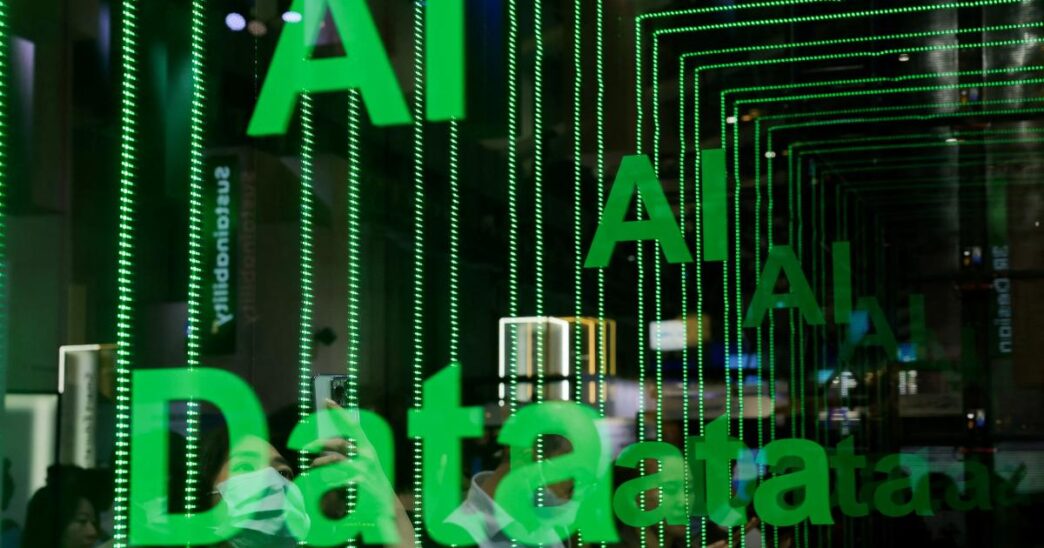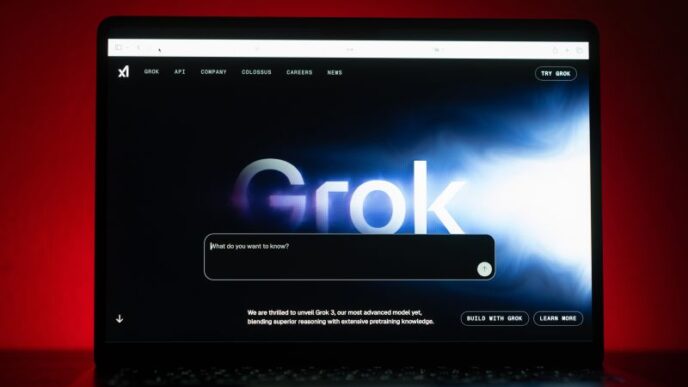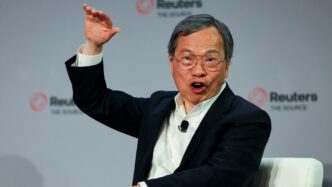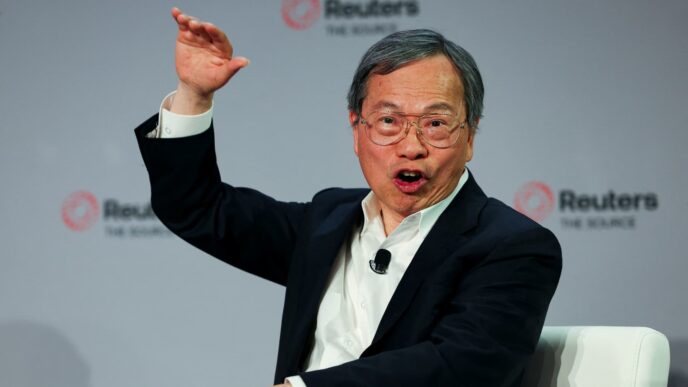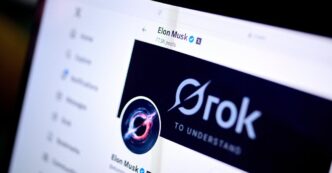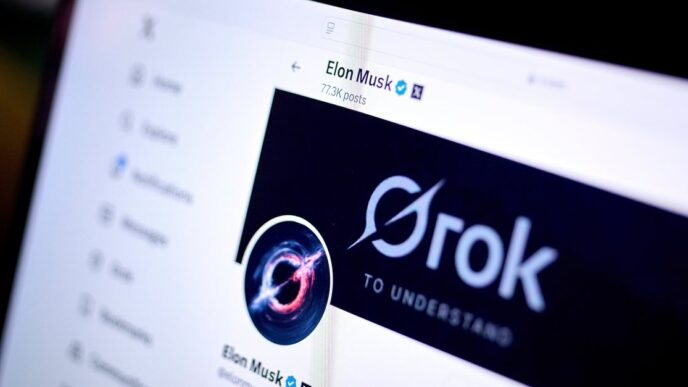The White House is pushing hard to keep the U.S. ahead in the global AI race, targeting China as the main rival. President Donald Trump signed an executive order to "sustain and enhance America’s global AI dominance" right after returning to office. Vice President JD Vance repeated the message this February, promising American AI will remain the "gold standard worldwide." And in May, White House AI and Crypto Czar David Sacks said winning the AI race justifies exporting advanced AI chips to the UAE and Saudi Arabia.
The competition isn’t just about who gets artificial general intelligence (AGI) first. It’s also about AI adoption across society, military integration, and controlling AI infrastructure globally. The U.S. leads in AI innovation but risks falling behind China in adoption and infrastructure. China’s centralized system helps it deploy AI faster in military and industrial sectors, despite U.S. semiconductor export controls trying to slow Beijing down.
The U.S. is exporting AI chip tech to the Middle East, including a massive AI data center cluster in the UAE. Companies like OpenAI and Microsoft will run some of that capacity—but hosting key infrastructure offshore could open security risks and give competitors access.
China is racing ahead in industrial AI adoption too. It bought half the world’s industrial robots in 2024. “Dark factories” run 24/7 with minimal human labor. AI-driven manufacturing may deliver China massive productivity jumps, potentially surpassing the U.S. economy in physical industries.
Washington is also fighting for AI infrastructure dominance worldwide. U.S. chips dominate the high end, but China targets developing countries with cheaper, “good enough” AI technology and infrastructure investments. This threatens to shift global AI leadership toward Beijing.
The risks of AI misuse and rogue superintelligence loom large. Both the U.S. and China want to avoid catastrophe, creating a rare chance for cooperation in AI safety despite fierce rivalry.
David Sacks recently said:
"If 80 percent of the world uses the American tech stack, that’s winning.
If 80 percent uses Chinese tech, that’s losing."
The Trump administration faces tough challenges: balancing innovation and security, incentivizing AI adoption across all sectors, safeguarding research labs, updating labor and safety laws, and investing abroad to counter China’s influence.
Without a bigger strategic push, the U.S. might win the AI innovation race but lose on global adoption, security, and infrastructure fronts—handing China a crucial edge for decades to come.
An AI chip on display in San Jose, California, June 2025
Max A. Cherney / Reuters

